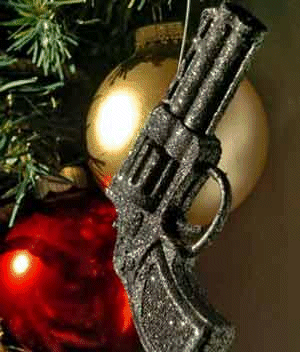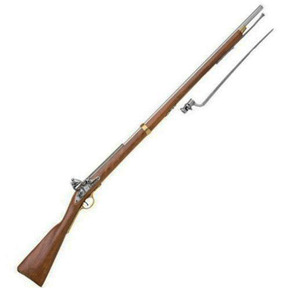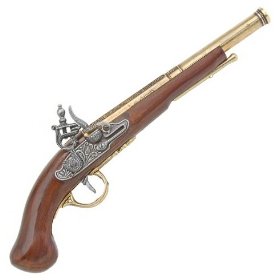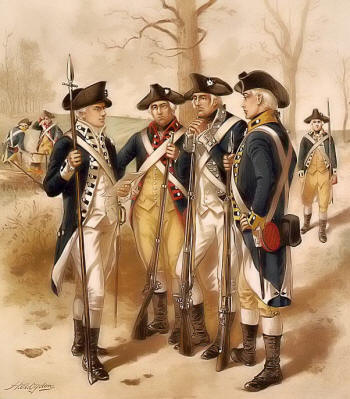The NRA's Gifts to America
 Sunday, December 16, 2012 at 9:54PM
Sunday, December 16, 2012 at 9:54PM
 On the twelfth day of Christmas,
On the twelfth day of Christmas,
t’NRA gave to us:
Twelve school shootings,[1]
Eleven assault weapons,
Ten armor piercing,
Nine million dollars,[2]
Eight men a-killing,[3]
Seven vigilantes,[4]
Six background checks,[5]
Five extended clips,
Four homicides,[6]
Three suicides,[7]
Two smoking barrels,
And pols in the lobby’s pocket!
[1] Of the sixty-two mass shootings that have occurred since 1982, 12 have taken place in schools. (See Mother Jones.)
[2] The NRA PAC spent over nine million dollars ($9,493,815 to be exact) on independent expenditures in the 2012 election. Another $7.5 million was spent by the NRA Institute for Legislative Action, and the National Rifle Association (501c) spent $682,595 on communication costs. 91.3% of the $17.6 million the NRA spent was done so in the general election. $6 million was spent supporting Republicans and $11 million fighting Democrats. How successful was the NRA? Not very. Only 50.4% of NRA backed candidates won. And only 5.5% of the money the NRA spent resulted in their preferred candidate winning. Maybe there is a Santa, after all. (See Open Secrets.)
[3] 8 in 10 of firearm deaths among 23 populous, high-income countries occurred in the U.S. Homicide rate in America is 6.9 times higher than rates in 22 other populous high-income countries combined. (See Brady Campaign.)
[4] Seven out of ten defendants in Florida went free in the nearly 200 cases where the Stand Your Ground law has played a factor since going into effect in 2005. The law removes a person’s duty to retreat before using deadly force against another in any place he has the legally right to be so long as he reasonably believes he faces imminent death or great bodily harm. (See ProPublica.)
[5] An estimated forty percent of gun acquisitions occur in the “secondary market”, taking place without a Brady background check. Only six out of every ten guns are bought in the U.S. are done so with Brady background checks. (See Brady Campaign.)
[6] 4 out of 10 homicides. According to the Brady Campaign to Prevent Gun Violence, “an estimated 41% of gun-related homicides and 94% of gun-related suicides would not have occurred under the same circumstances had no guns been present (Wiebe, p. 780.)” (See Brady Campaign.)
[7] There are about three suicides and attempted suicides a day in the U.S. involving guns. A gun owner is more likely to shoot and kill himself than shoot an intruder. According to the Brady Campaign to Prevent Gun Violence for So much for having a gun to protect oneself: ”A gun in the home is 22 times more likely to be used in a completed or attempted suicide (11x), criminal assault or homicide (7x), or unintentional shooting death or injury (4x) than to be used in a self-defense shooting. (Kellermann, 1998, p. 263).” (See Brady Campaign.)



